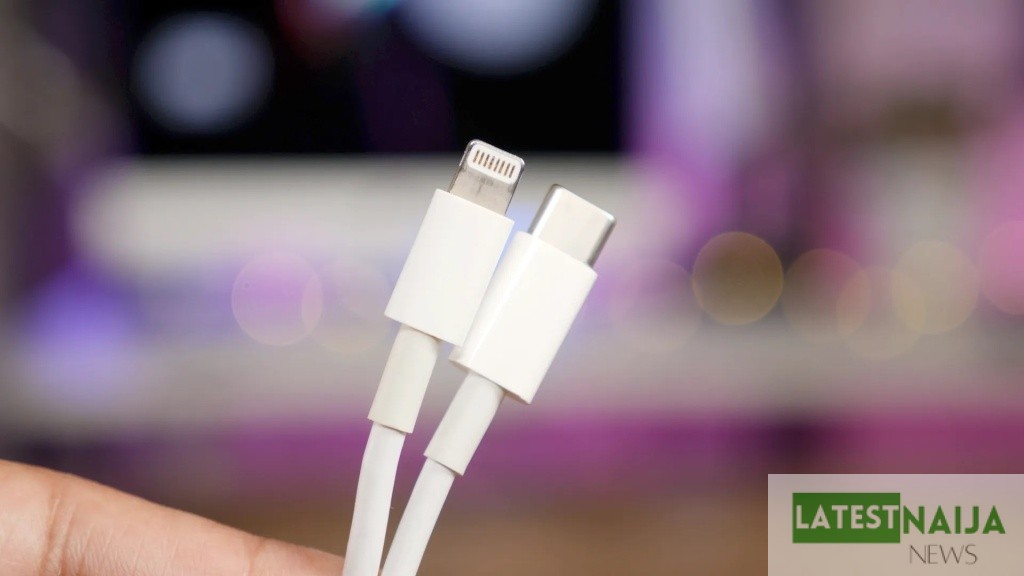In the upcoming announcement of Apple’s iPhone 15 series, slated for unveiling in two months, the tech giant is set to introduce the first modification to its charging port since the iPhone 5’s debut. However, this change won’t alter the charging approach for a significant number of iPhone users.
Reflecting on the past, it seems surprising that only five iPhone models utilized the original charging port. This 30-pin connector, introduced with the initial iPhone 16 years ago, was similar to that used in the iPod line. As a charging solution, it was satisfactory, but the connector only engaged in one direction and lacked the locking mechanism of earlier designs. This port was included with the iPhone through to the iPhone 4S. When the shift to the Lightning port occurred with the iPhone 5 in 2012, public reaction was mixed, largely due to the widespread use of 30-pin connectors thanks to the iPod’s popularity. This wasn’t helped by the limited availability of Apple’s 30-pin to Lightning adapter during the iPhone 5’s release.
While Apple hasn’t changed its charging port in more than a decade, customers’ experience may beg to differ. Apple moved from the USB-A to Lightning cable to a USB-C to Lightning cable with the iPhone 11 Pro, enabling faster charging. The original USB-A to Lightning cable was included with iPhones from the 5th through to the XS model. Subsequently, the tech behemoth ceased including power adapters in its packaging to promote environmental consciousness and swapped the USB-A to Lightning with the faster USB-C to Lightning cable starting with the iPhone 12.
In the current tech landscape, Apple permits USB-C charging for devices ranging from MacBooks, iPads, Apple TV remotes, to Beats headphones—everything, that is, but the iPhone. With the impending launch of the iPhone 15 series, this will change whether Apple approves or not. Many users are of the opinion that the move from Lightning to USB-C is long overdue, and Apple’s steadfast use of Lightning over the years is likely to make the forthcoming transition more challenging.
However, the shift from Lightning to USB-C is not welcomed by all iPhone customers. The existence of a robust Lightning ecosystem means that the need to acquire a new charging plug is seen by many as an unnecessary hassle.
An interesting twist in this transition lies in Apple’s decision to introduce wireless charging six years ago without replacing the existing method. The iPhone X and iPhone 8 were the first to support the Qi charging standard, with the iPhone 12 enhancing the user experience through MagSafe. For these users, the iPhone’s charging port serves as little more than a service port. Hence, for them, the switch to USB-C with the iPhone 15 will not alter their charging method in the slightest. They will continue using their MagSafe chargers as they did with the iPhone 12, making this transition a non-issue.



Comments are closed.